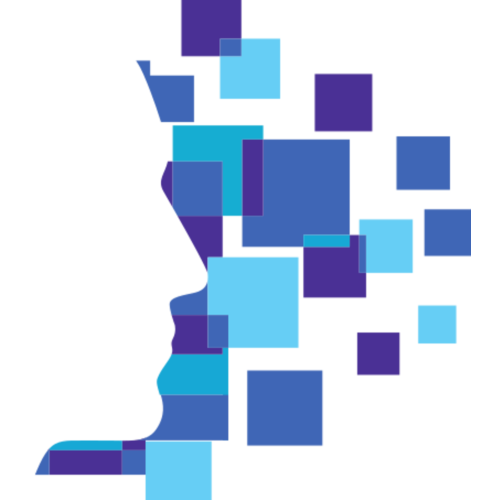Design Thinking has become a popular approach for innovation and problem-solving in recent years.

However, many organizations struggle to achieve the desired outcomes from Design Thinking initiatives. This often stems from a lack of alignment between behaviors, objectives, and long-term impact.
The BOIS model from Enterprise Agility University provides a framework to address this alignment challenge. By integrating the BOIS model into the Design Thinking process, organizations can drive more sustainable innovation and better results.
The Power of the BOIS Model
The BOIS model consists of five components: Behaviors, Objectives, Impact, Sustainability, and Incremental Alignment. This model can bring focus and clarity to Design Thinking by linking behaviors to strategic objectives and evaluating their sustainability.
Integrating BOIS into Design Thinking
There are several ways to incorporate the BOIS model into Design Thinking. In the Empathize Stage, you can observe the behaviors and objectives of users and assess the potential impact of innovations on users' lives. In the Define Stage, align team behaviors with the product's objectives and intended impact. In the Ideate Stage, evaluate if ideas support sustainable behaviors and objectives. In the Prototype Stage, test if the prototype drives behaviors to achieve objectives and desired impact. In the Test Stage, collect data on behaviors, objectives, and impact and determine sustainability.
By building in BOIS alignment checkpoints, teams can course-correct and ensure the solution drives the right behaviors to meet objectives and make a lasting impact.
The Future Thinking Connection
Another way to boost Design Thinking with Enterprise Agility is to incorporate Future Thinking. This involves forecasting future behaviors, objectives, and impact related to the innovation by analyzing trends.
Some potential futures to explore are: How might stakeholder behaviors evolve in the future? How might the solution support these? What are potential future business objectives that might be disrupted? Does the solution flexible enough to align with shifting goals? How might the impact change over time as the context evolves?
By projecting BOIS components into the future, organizations can build solutions with greater adaptability and longevity.
As you can see, the BOIS model brings greater alignment, sustainability, and clarity of purpose to Design Thinking. Combined with Future Thinking, organizations can rapidly prototype and scale solutions that drive strategic behaviors and objectives both now and in the future. This leads to better innovation outcomes and lasting impact.
